4 tips to break free from the food scale
Using a food scale is a tool you have to get comfortable using if you want to live on a macro based diet either for a short or long period of time, this is to make sure you get the right amount of macros into your body.
It might sound like it’s difficult and filled with hassle, and it is in the beginning, no reason to hide that. In the beginning it is hard to weigh your food all the time, it’s frustrating to adapt to a new way of life that feels like a food scale prison.
That is why we have worked really hard to break free! I must admit we’re not always good at it, we trick ourselves and think we can eat more than we can. Shocker – we can’t! So then we have to go back to basics, we have to weigh our food and count our macros. But through all this we’ve had some great experiences and learnings that we want to share with you.
So here are our 4 tips on how you can break free from the food scale.
Table of Contents
1. Practise
First of all, practice makes perfect! Eyeballing portions is a skill that has to be trained and maintained. We like to gamify it a little, let me explain.
There are two approaches to learning how much something weighs. Let’s say you want 100g of cucumber.
You can either cut small pieces of the cucumber and put on piece by piece until you get that 100g, or you can cut a piece you believe in and weigh it after. See the difference?
In the 1st approach you add a little bit more each time, the result is you won’t remember how big that piece is, because you made so many changes. In the 2nd approach you trust the process, you make a qualified guess (based on all your experience with cutting and weighing cucumbers) and go for one big piece, you’ll remember the approx size of that piece the next time, and you’ll remember if you have to make it bigger or smaller.
This becomes a competition, can I hit that 100g this time? That will make you remember what you did last time.
In addition this makes you used to seeing the sizes over time. Remember, practice really does make perfect!
2. Learn it by heart
Another trick is to learn by heart how much carbs, protein or fat there’s in a food source.
For example, I know there’s 20g of carbs of 100g of sweet potato, and I know a normal size sweet potato weighs 250g. Then it’s easy to calculate that a whole sweet potato gives me approx 50g of carbs and a half gives me 25g.
If you think this is a difficult approach you can also just learn yourself the sizes. E.g. I know that when I am on maintenance (period of diet) that I get to eat 50g of carbs after a workout, that is 1 sweet potato, and I know that during a cut I only get ½ a sweet potato, because I only get 25g.
That being said, when I am on a strict cut, I have to use the weight. If not I trick myself into thinking I can eat more than I can. The reason is simple, I’m hungry!
3. Play it safe
This is the golden nugget, play it safe! There’s three ways to do this:
1. Stay true to a couple of food sources in the beginning.
For example chicken, vegetables, sweet potato and wraps. It’s easier to remember how much you need of a few things than going crazy eating all sorts of stuff. Make it simple and easy for yourself, this is hard at the beginning.
A couple of really tasty sweet potato recipes are hasselback sweet potato and sweet potato fries.

Hasselback sweet potato 
Sweet potato fries
2. Pick food sources that you can’t go wrong with.
For example, chicken has almost no fat, only protein and no carbs, that’s easy to remember and if you miss by a couple of grams it’s not that big of a deal. Combine it with veggies, they have almost no carbs. Vegetables such as cucumber has almost no carbs, so this is a pretty safe source, combined with lettuce and you’re good to go!
A lean and delicious chicken recipe is the lean chicken zucchini.
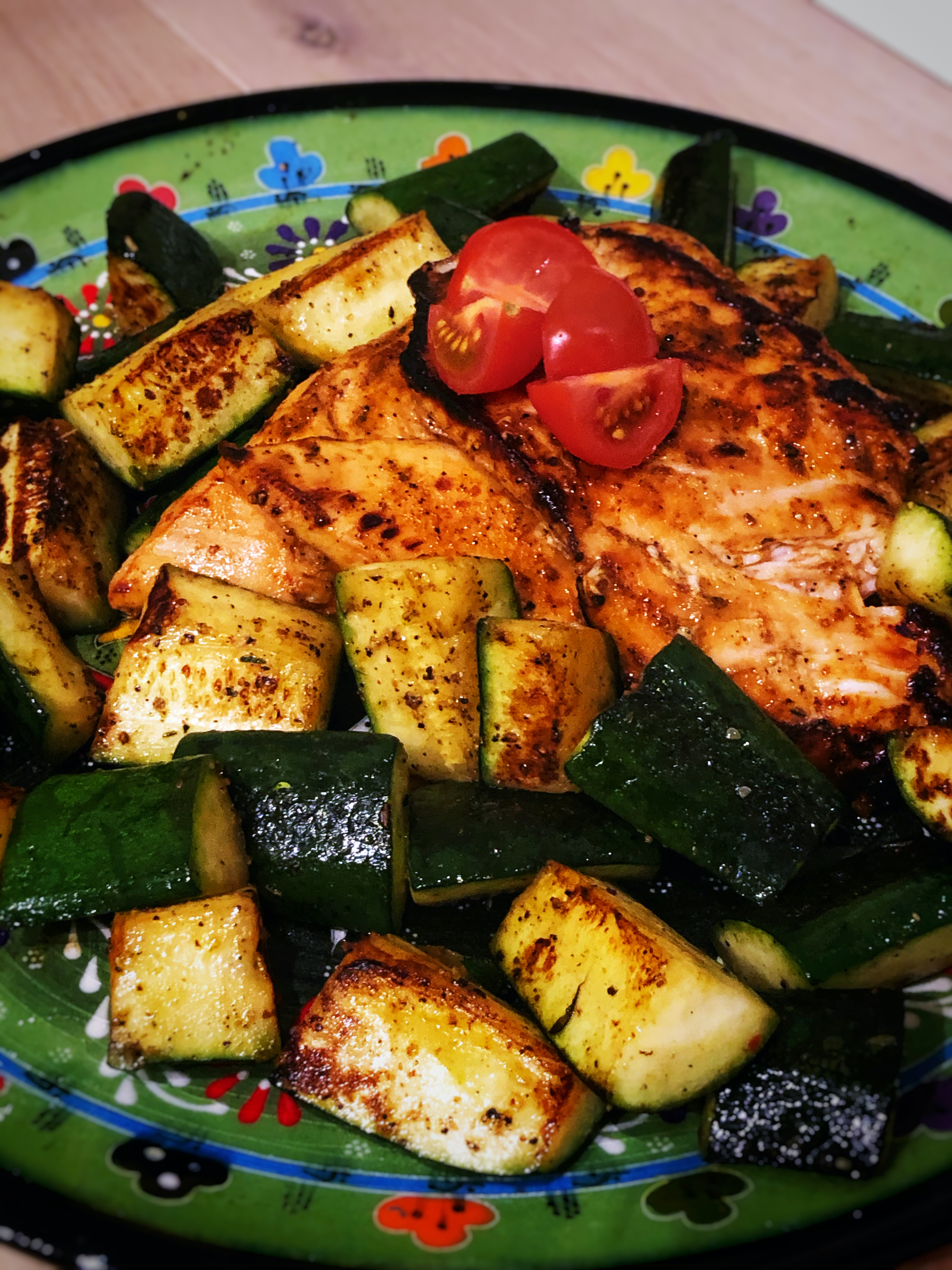
3. Make sure you eat unprocessed food.
This is an important one! Processed food is often stuffed with all sorts of stuff which impact the macros. Eat unprocessed food, it’s not only easier to know what they contain but it is also a lot healthier!
4. Not a big deal
This is the last tip, and it’s all about perspective. So what if you mess up one meal on your quest to get free from the food scale? You eat about 4-5 meals a day, 7 days a week that makes 35 meals a week. So if you have 1 bad meal out of 35, that is less than 3 percent. Hardly something to beat yourself up over! So give yourself some slack and don’t be so hard on yourself.
Summary
So to sum up, not using the food scale is hard in the beginning and you’ll hit some bumps and make some mistakes, it’s a learning process, so it’s fine. The important thing is that you learn and make progress. And remember, you can always go back a couple of steps, use the food scale for a period just to remind yourself of portion size. We do that all the time.
Also, one last thing. People always say, will you live the rest of your life like this, isn’t that hard and they make it into a big deal.
My response is, no you make it into a big deal, you make it hard, your mindset is wrong. This is a tool to help me get better, not a punishment.
On that note, good luck.
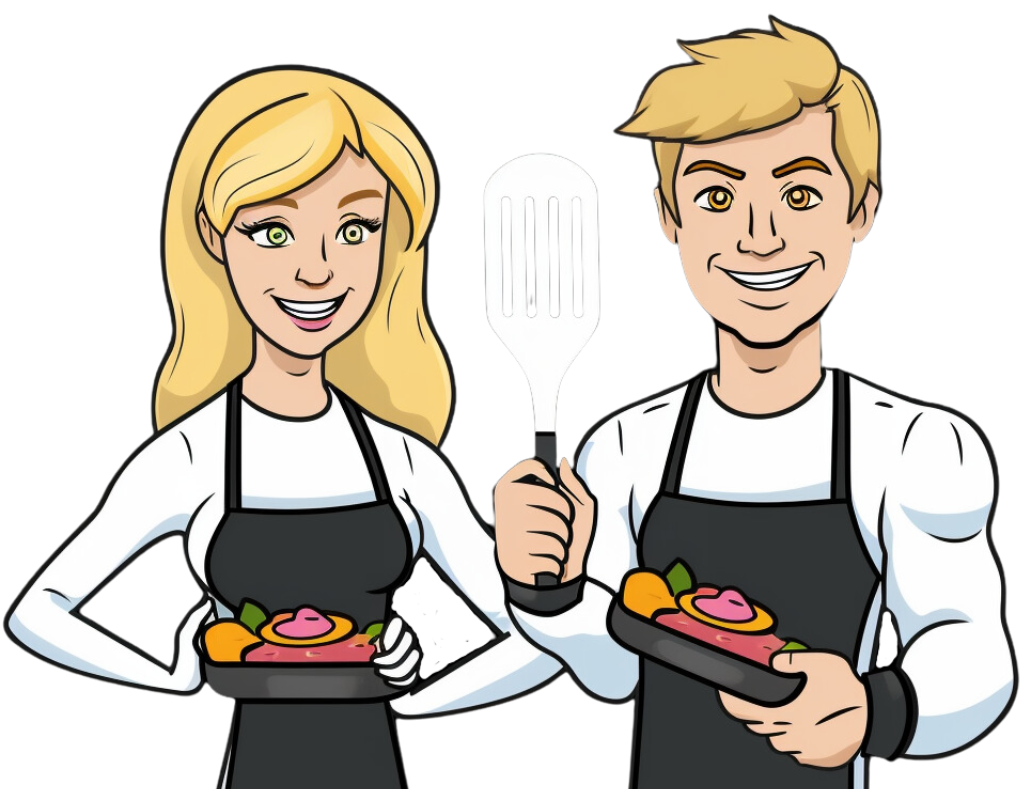
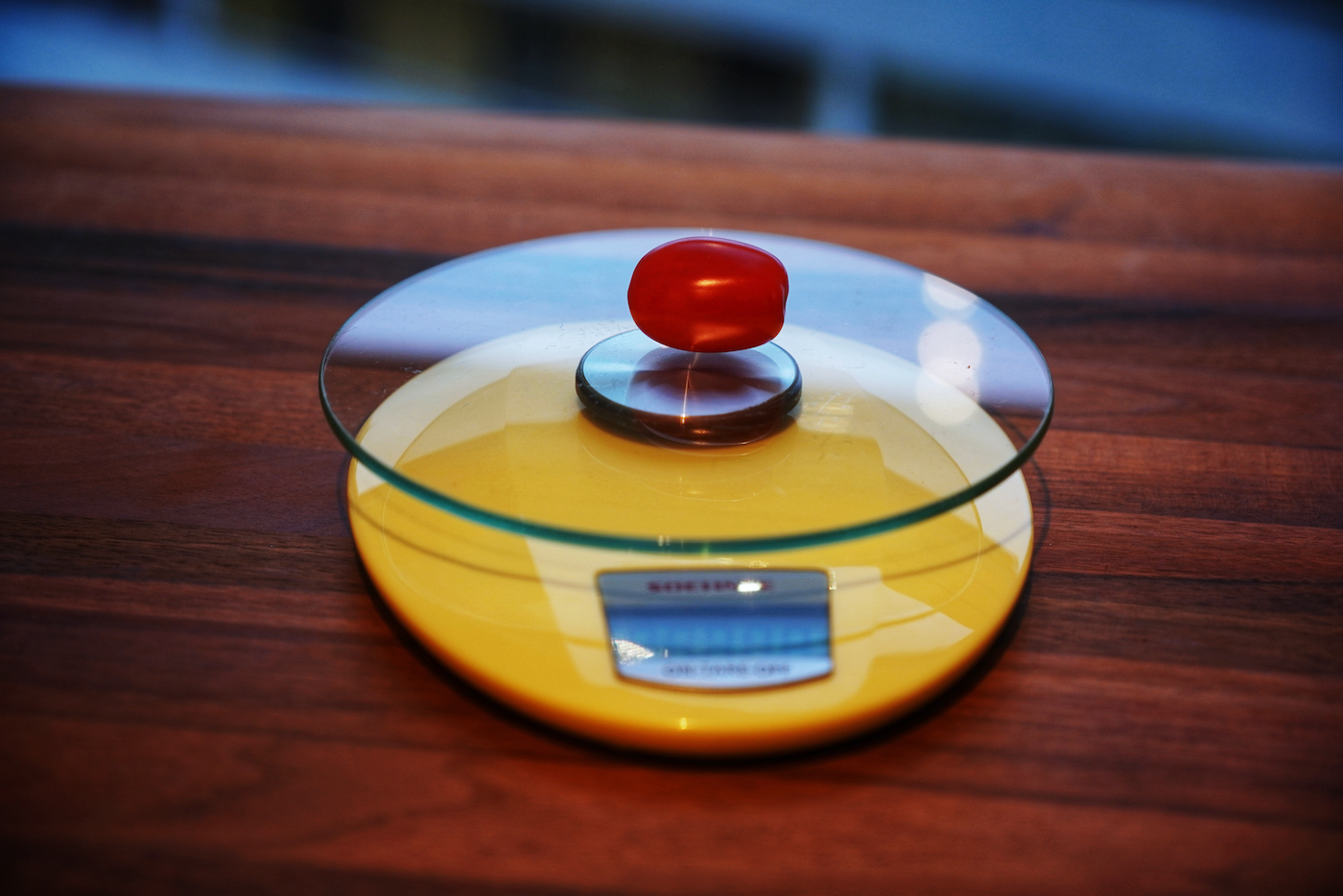
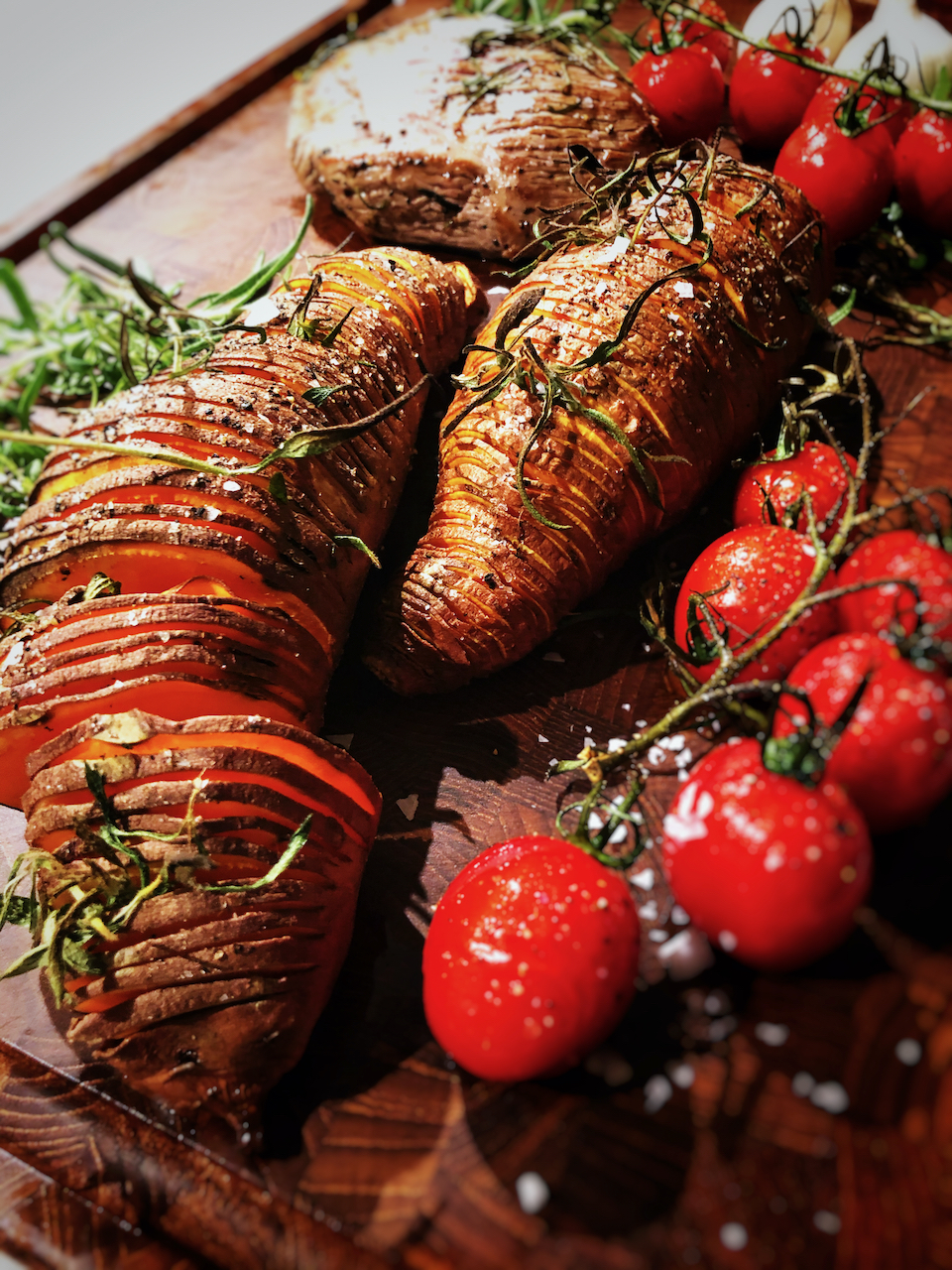
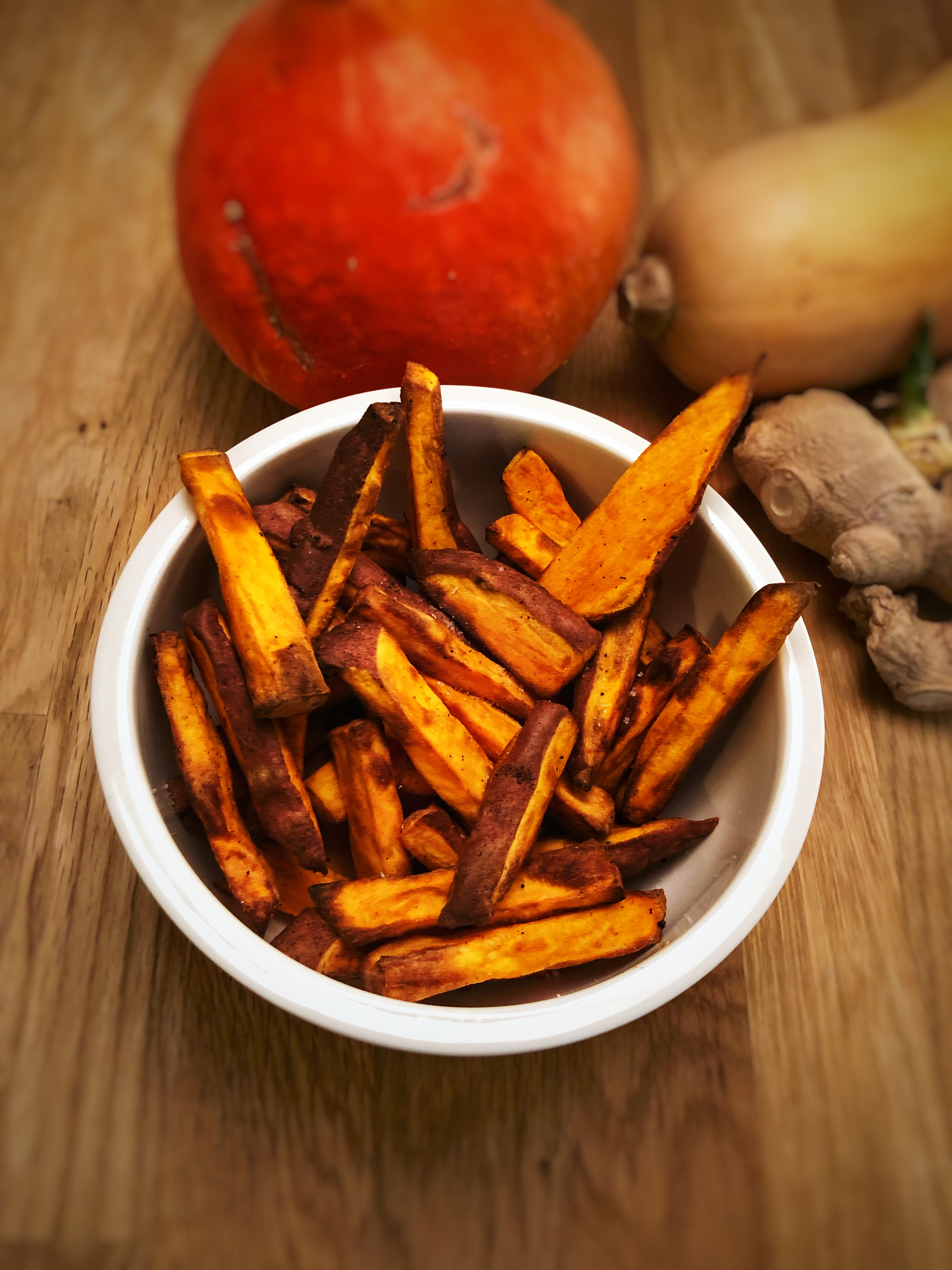
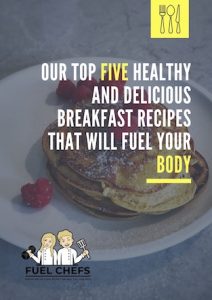

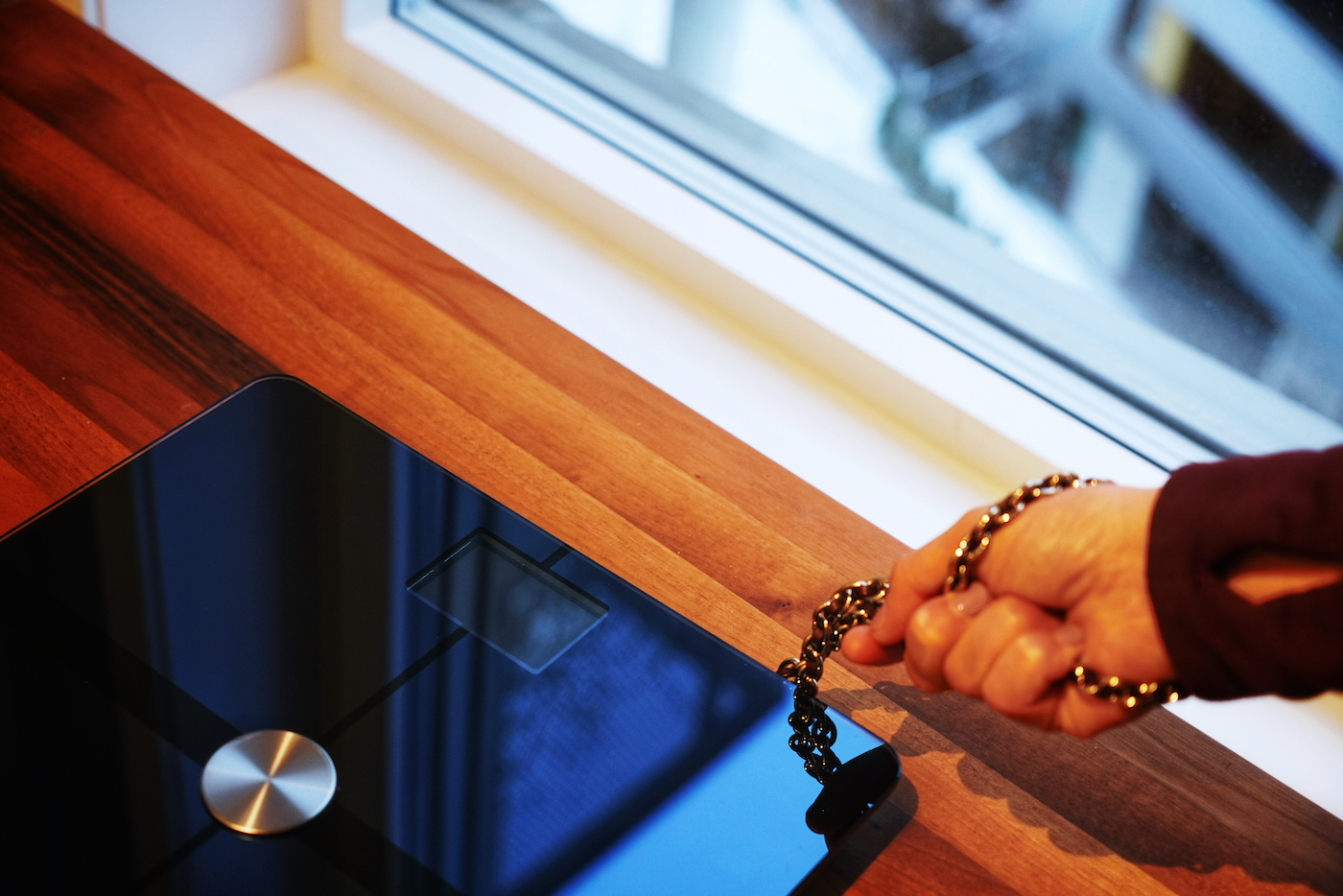
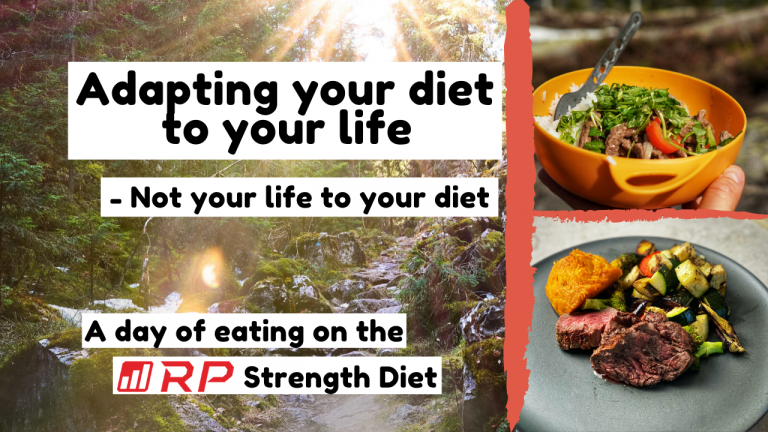

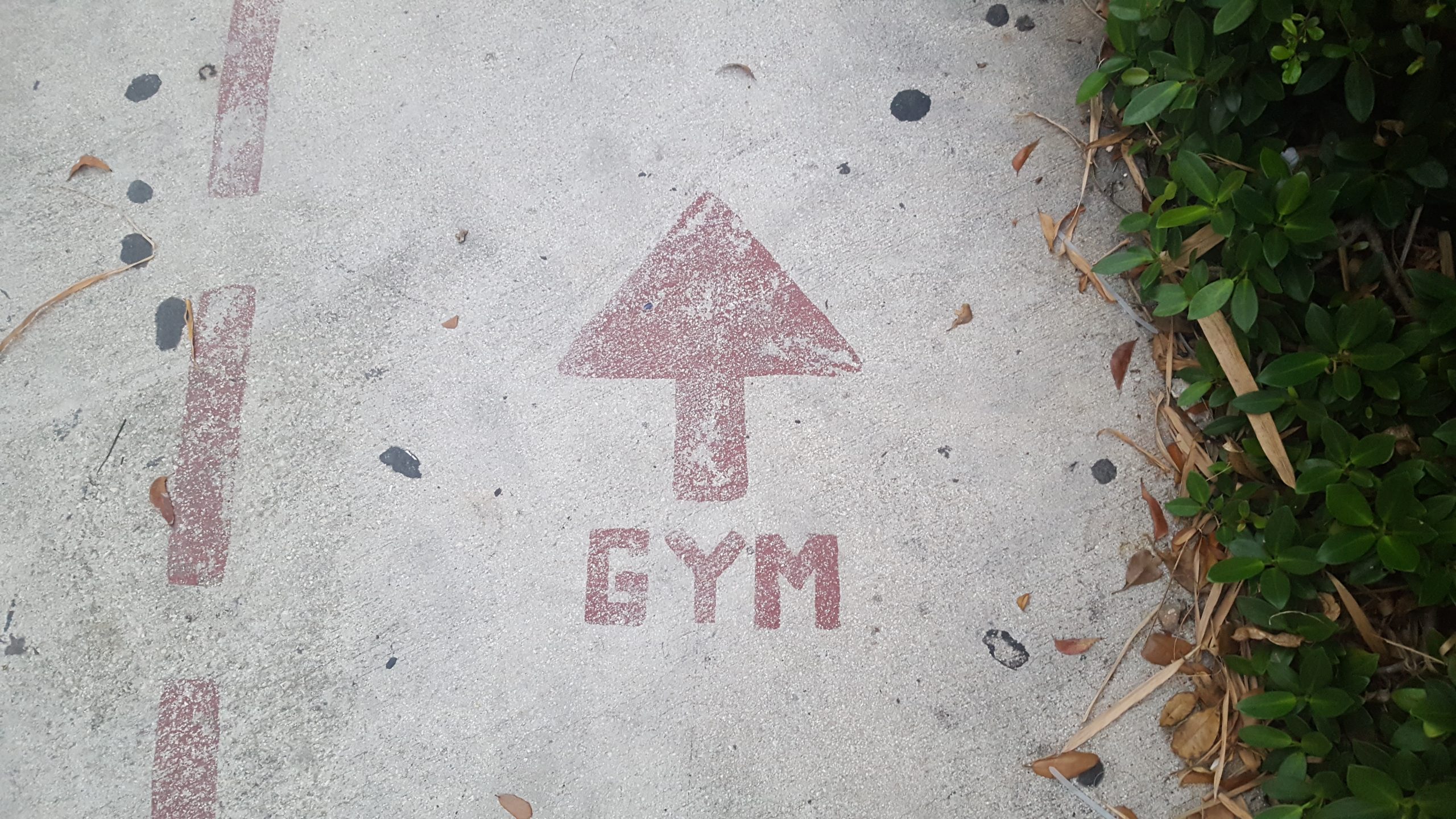

4 Comments